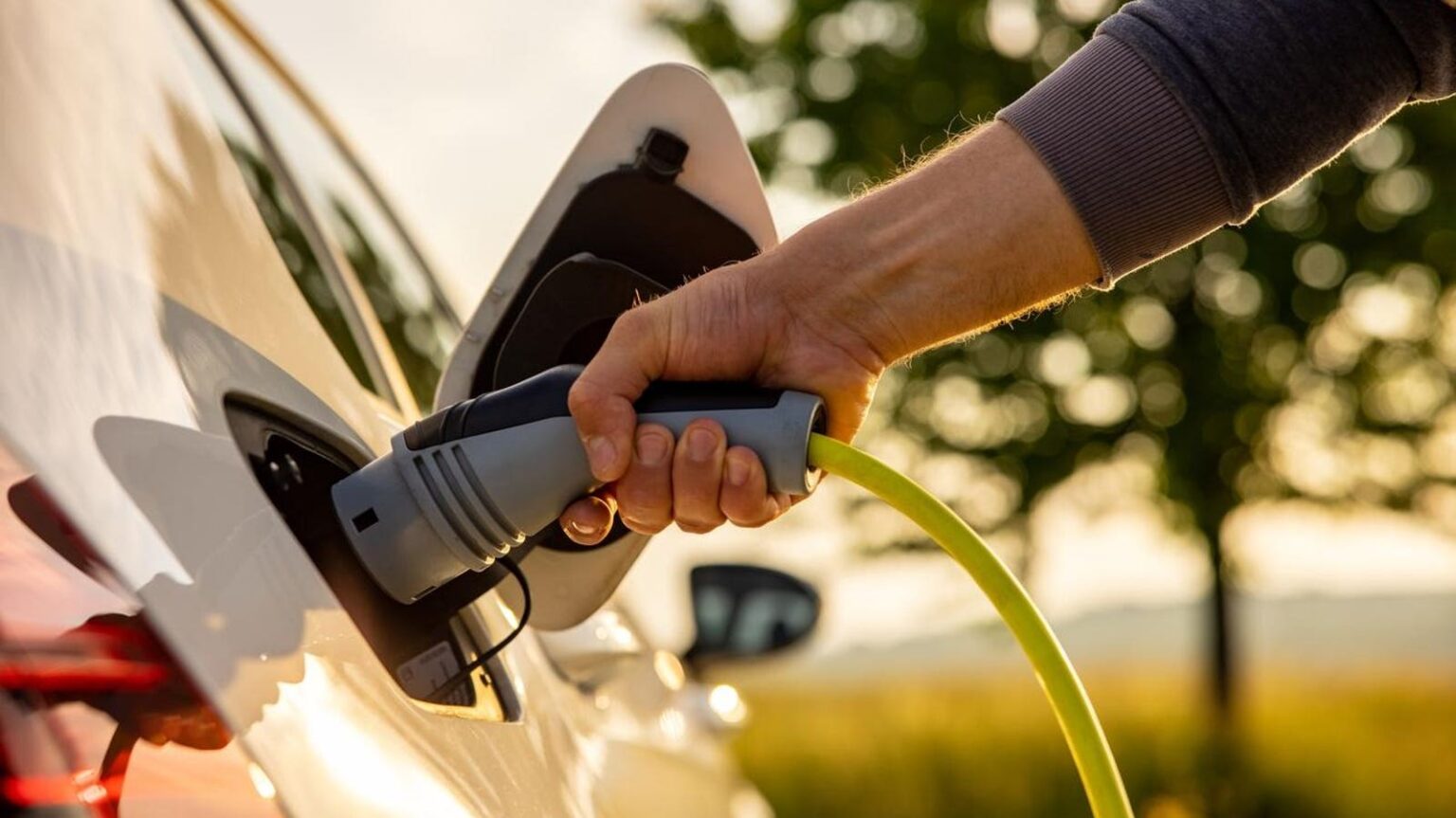The electric vehicle (EV) market in the United States entered 2024 buoyed by optimism surrounding its growth potential. The prevailing sentiment was that a slowdown in 2023 was merely a temporary setback, as expert forecasts continued to predict an impending EV boom. The U.S. administration’s ambitious goal aimed for EVs to comprise 50% of all new vehicle sales by 2030, backed by tax incentives designed to make them competitive with traditional internal combustion engine (ICE) vehicles. Policymakers expressed confidence that they would soon see a significant decline in gas-powered vehicles.
However, as 2023 came to a close, that optimism began to sour. The anticipated growth trajectory had not only stalled; it had devolved into a persistent challenge that appears far from resolution. Data noted that retail market share for EVs was stagnating, contradicting earlier predictions of a steady upward climb. An April poll revealed that only 8% of respondents owned an EV, highlighting the scarce presence of these vehicles in the broader context of the nearly 300 million registered cars in the U.S., with EVs accounting for just 6 million of that total.
Consumer skepticism toward EVs remains a significant barrier to their widespread adoption. Key concerns include anxiety over range limitations—many drivers worry about how far an EV can go on a single charge—and the laborious task of locating charging stations. The situation was exacerbated in the past winter when charging facilities in the Upper Midwest became inoperable due to extreme cold. Despite substantial financial investments in electric vehicle technology and infrastructure, it became increasingly apparent that industry stakeholders overlooked the actual preferences and feelings of potential customers.
Surveys in the last year indicated a substantial divide between consumer interest and actual intent to purchase. While polls showed that 30% to 40% of individuals expressed some interest in EVs, only about 20% reported that they would definitely consider EVs for their next vehicle purchase. More troubling was the revelation from a McKinsey & Co. survey that nearly half of current EV owners were dissatisfied enough with their vehicles that they desired a return to gas-powered cars. Additional research from Pew revealed that many Americans are doubtful about the overall cost-effectiveness of EVs, with a notable percentage believing they are as expensive, if not more so, than their gasoline counterparts.
Political affiliation played a role in shaping public perception of EVs, as demographics indicated that more Democrats than Republicans were supportive of their benefits, including operational cost and environmental impact. However, despite favorable political sentiment among certain groups, there remains a prevalent belief that the United States lacks sufficient infrastructure to support an expansive network of charging stations, a critical component for mass EV adoption. The broader implications of this skepticism are significant, especially considering the rapid pace at which the marketplace is evolving.
As concerns persisted, recent reports indicated that national policy changes could further jeopardize the EV market. Plans to withdraw governmental support and to restrict components sourced from China could hinder the industry’s growth. The initial hype surrounding the electric vehicle phenomenon revealed an essential oversight; the industry acted too quickly and failed to obtain consumer feedback, leading to potential misalignment between product offerings and market demands. The auto industry now faces a formidable learning curve: to succeed in such a competitive space, it must embrace the fundamental lesson that understanding and responding to consumer needs is paramount, especially when attempting to introduce disruptive innovations. The lessons emerging from this tumultuous phase may reshape the future—all while reminding companies that success in the automotive sector will ultimately depend on their ability to create vehicles that align closely with what customers truly want and are willing to invest in.

